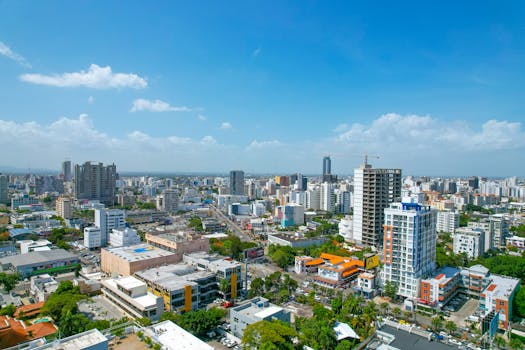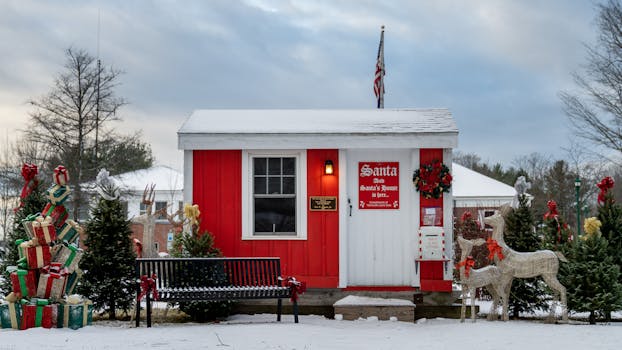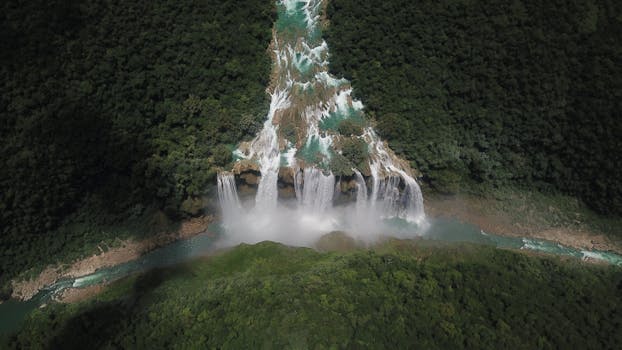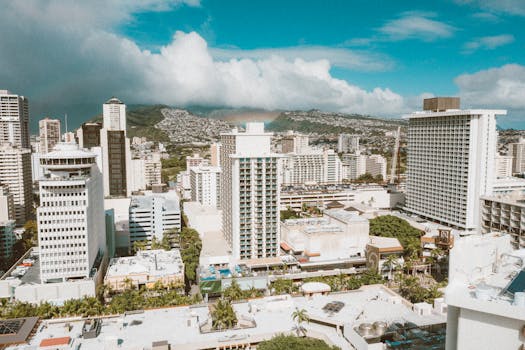Table of Contents
Unveiling the Historical Tapestry of Misión Santo Domingo de la Frontera (1775-1839)
Unveiling the Historical Tapestry of Misión Santo Domingo de la Frontera (1775-1839)
Introduction: A Journey Through Time
Nestled in the heart of the Baja California Peninsula lies a historical gem, a testament to the resilience, faith, and fortitude of the people who once roamed these lands - the Misión Santo Domingo de la Frontera. A place where time seems to stand still, whispering tales of a bygone era, of faith, of struggle, and of a culture that has withstood the test of time. Today, we embark on a journey, a voyage back in time to the period from 1775 to 1839, exploring the rich history of this remarkable mission.
Founding and Early Years: The Birth of a Mission
The Misión Santo Domingo de la Frontera, or Mission Saint Dominic of the Frontier, was founded in 1775 by Dominican friars, who took over the spiritual and administrative reins from the Jesuits. The story of this mission is one of determination and resilience, as the friars faced numerous challenges, including resistance from the indigenous population, scarcity of resources, and the harsh desert climate. Yet, the mission stood firm, a beacon of faith in the wilderness, reflecting the indomitable spirit of its founders.
The mission was named after Saint Dominic, the founder of the Order of Preachers, known as the Dominicans. The friars were driven by a burning desire to spread the Christian faith among the indigenous Cochimí people. They built a church, a convent, and a school, laying the foundations of a community that would endure for decades.
Architectural Marvels: Spanish Colonial and Indigenous Fusion
The mission's architecture was a blend of Spanish colonial and indigenous styles, reflecting the cultural fusion that was taking place. The church, with its towering bell tower and arched entrance, became a symbol of the mission, a testament to the faith and determination of the friars. The convent, with its austere rooms and simple furnishings, mirrored the humble lifestyle of the friars. The school, where the Cochimí children were taught Spanish and Christian doctrine, was a hub of learning and cultural exchange.
Cultural Impact: A Melting Pot of Traditions
The friars' efforts bore fruit, as the mission flourished, becoming a center of faith, culture, and commerce in the region. The Cochimí people, who initially resisted the mission, gradually embraced the new faith and lifestyle. They learned new skills, such as farming and cattle raising, which transformed their nomadic lifestyle. The mission became a melting pot of cultures, where Spanish and Cochimí traditions fused, creating a unique cultural mosaic.
Decline and Abandonment: The End of an Era
However, the mission's prosperity was not to last. By the early 19th century, the mission was facing numerous challenges. The indigenous population was dwindling due to diseases brought by the Europeans. The mission's resources were stretched thin as the friars struggled to maintain the buildings and support the community. The Mexican War of Independence (1810-1821) further strained the mission, as resources were diverted to the war effort.
The mission's decline was hastened by the secularization policies of the Mexican government in the 1830s, which aimed to reduce the church's influence and redistribute its lands. In 1839, the mission was abandoned, its buildings left to the mercy of the elements.
Legacy: Echoes of the Past in the Present
Today, the Misión Santo Domingo de la Frontera stands as a poignant reminder of a bygone era. Its crumbling walls, weathered by time and the elements, echo with the voices of the friars and the Cochimí people. The mission's legacy lives on in the local culture, in the traditions and beliefs that have been passed down through generations.
The history of the Misión Santo Domingo de la Frontera is a tapestry of faith, struggle, and resilience. It's a story that resonates with us today, reminding us of the power of faith, the importance of cultural exchange, and the resilience of the human spirit. As we walk through the mission's ruins, we are walking through the pages of history, connecting with our past, and gaining insights into our present.
Conclusion: More than Just a Historical Site
In the end, the Misión Santo Domingo de la Frontera is more than just a historical site. It's a symbol of our shared heritage, a testament to the enduring power of faith, and a beacon of resilience in the face of adversity. It's a place where history comes alive, whispering tales of a bygone era, inspiring us to face our challenges with courage and determination. As we explore the ruins of this mission, we are not just learning about history, but also about the power of faith, resilience, and cultural exchange.









